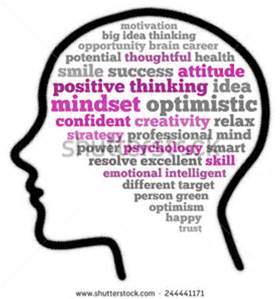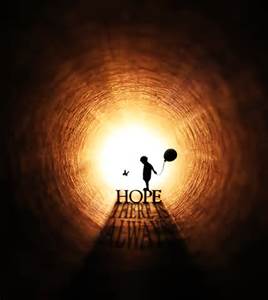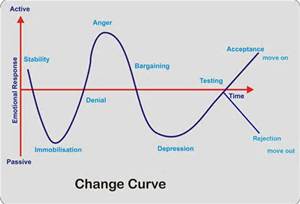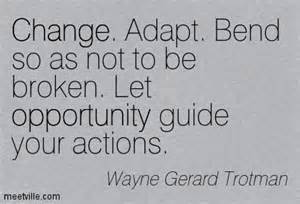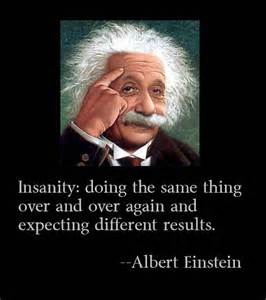
Simone Biles, the highly decorated American gymnast from the 2016 Summer Olympics (gold medals in floor exercise, horse vault, individual all-around, and team all-around and a bronze medal in balance beam), competed in Season 24 of Dancing With the Stars (DWTS) which is a reality show where celebrities partner with professional dancers and compete against each other in weekly elimination rounds to determine the “Mirror Ball” winner.

On the semi-final episode of the show, viewers were given the opportunity to get to know each contestant through a brief biographical segment. Simone and her parents talked about her interest in gymnastics and how once she made a decision to be in the Olympics, she become totally committed to making that happen.

Have you ever made a commitment? A promise to do something that obligates you to carry out a course of action? Had a strong sense of intention or focus? If you have then you, like Simone, worked very hard to fulfill that promise. Working to fulfill a commitment influences how we think, how we act, and how we sound. And this is exactly why when change enters our life, especially unexpected change, committing to make the best of it helps us successfully deal with the change.

Extraordinary energy, concentrated power and sheer will. This is the potent mix required to break barriers and reach the pinnacle of success.
OUR THOUGHTS
Just making the commitment gives us the desire to accept and work through the change. While we may not like what has  happened to us, we tell ourselves that we will make it work for us; we will make the best of it. This mindset prepares us to seek information, ask questions, or shed some light on what has happened in order to appropriately deal with it.
happened to us, we tell ourselves that we will make it work for us; we will make the best of it. This mindset prepares us to seek information, ask questions, or shed some light on what has happened in order to appropriately deal with it.
Committing to make the best of the change gives us the confidence to deal with the consequences of the change. We tell ourselves: “I will do this.” “I can do this.” “I will make this work.” This confidence helps us think positively about the change, about our role and actions in the changed environment, and about ourselves in general.
Our commitment will also help us think divergently and creatively when dealing with things in the changed environment. “How can I accomplish this?” becomes a standard way of thinking.
When we commit ourselves to something, we try harder to fulfill that commitment. We don’t let much of anything get in our way. Giving up is not an option – we persist; we persevere. We become disciplined and focused in our pursuit of what we want to accomplish. We are willing to make personal sacrifices for a positive outcome.
Our commitment gives us the courage to step outside of our comfort zone which is important because outside of that zone is where learning and growth occur. Outside the comfort zone we may face challenges, but being committed to make it in the changed environment gives us confidence which helps us stand up to those challenges. Because we are more likely to think divergently or creatively, we are also going to be better able to seek solutions to any challenges or obstacles we may face. We will probably be more willing to take some risks in working through challenges or overcoming obstacles.
HOW WE SOUND
When we make a commitment to make the best of change, what we say and how we say it is upbeat and full of enthusiasm. Our optimism shines through. Positive words and phrases are frequently heard. This positive focus is also carried through to our thoughts and actions.

According to Daryl Conner (chairman of Conner Partners, an Atlanta, Georgia USA-based consulting firm that specializes in transformational implementation) there are five ways we display commitment:
- Invest resources such as time and energy to ensure the desired outcome.
- Pursue the goal consistently over time, even when under stress.
- Reject ideas that promise short-term benefits but are inconsistent with the overall strategy for goal achievement.
- Stand fast in the face of adversity, remaining determined and focused in the quest for the desire goal.
- Apply creativity, ingenuity, and resourcefulness to resolving problems or issues that would otherwise block the achievement of the goal.
We know change will be a constant in our life’s journey. Committing to make the best of change puts us in control of the change instead of the change controlling us. This is where we want to be. We want to be calling the shots.
So, the next time change comes knocking on your door, instead of slamming the door in its face, open the door, take time to understand what the change is all about, and then commit to making the best of it. While we may not be Olympians or dancing stars, we will be the best that we can be in our changed environment.










